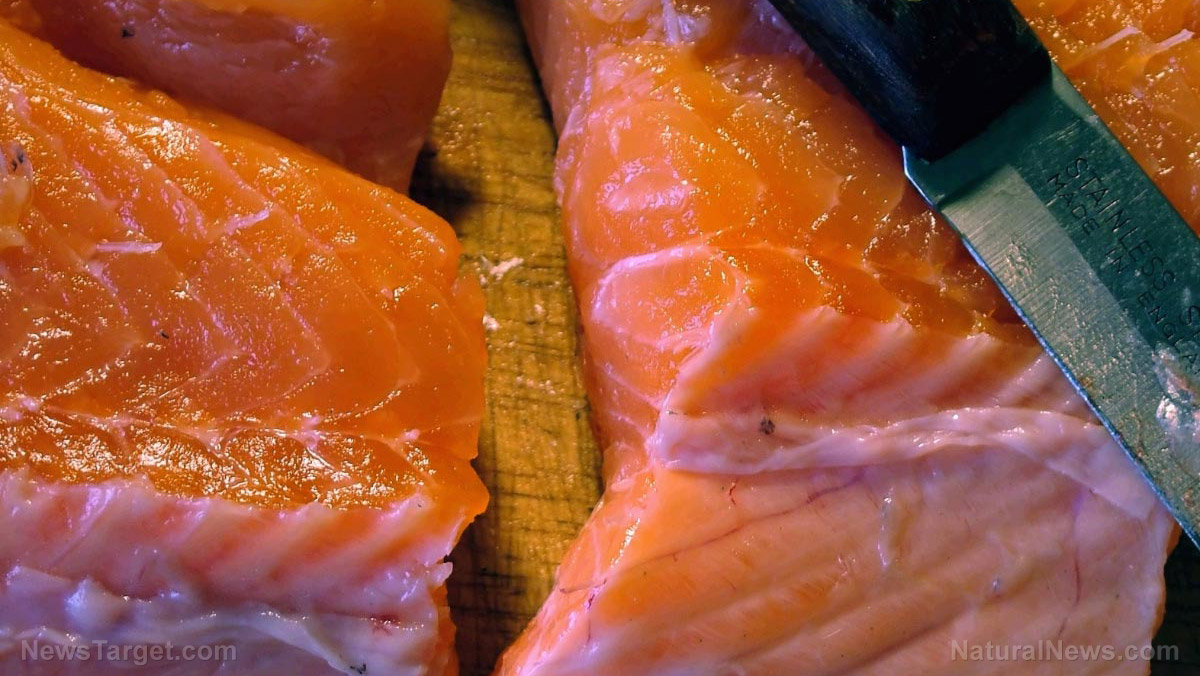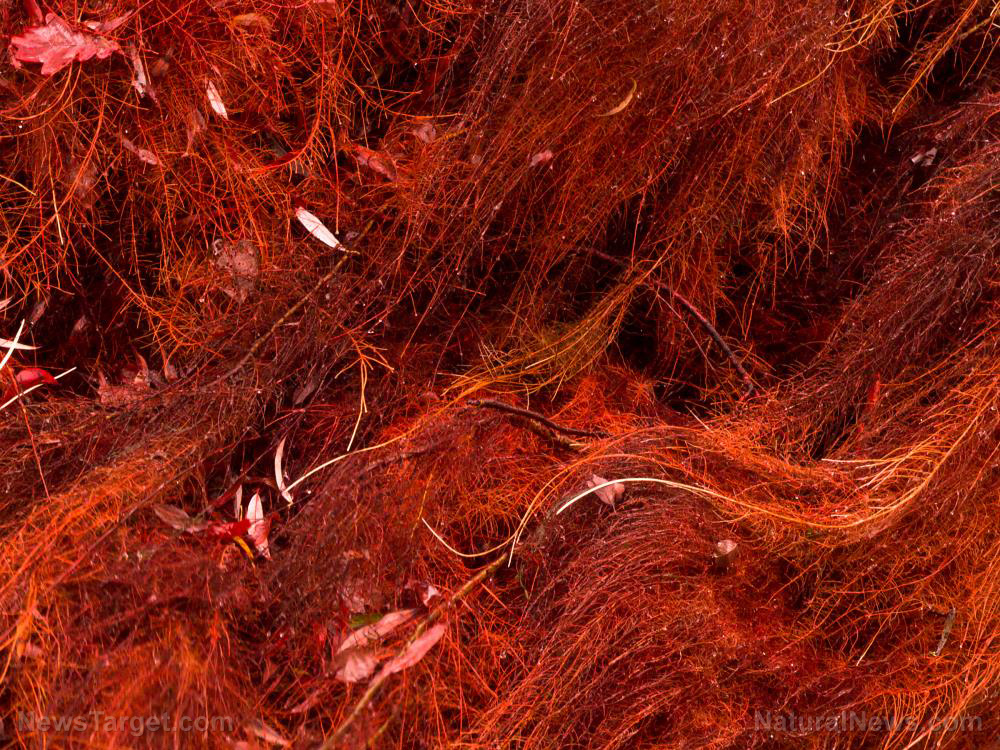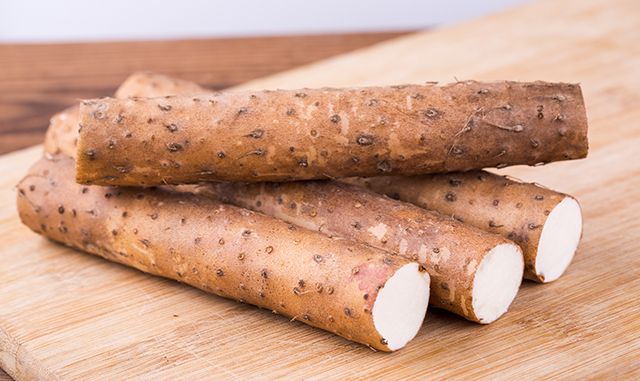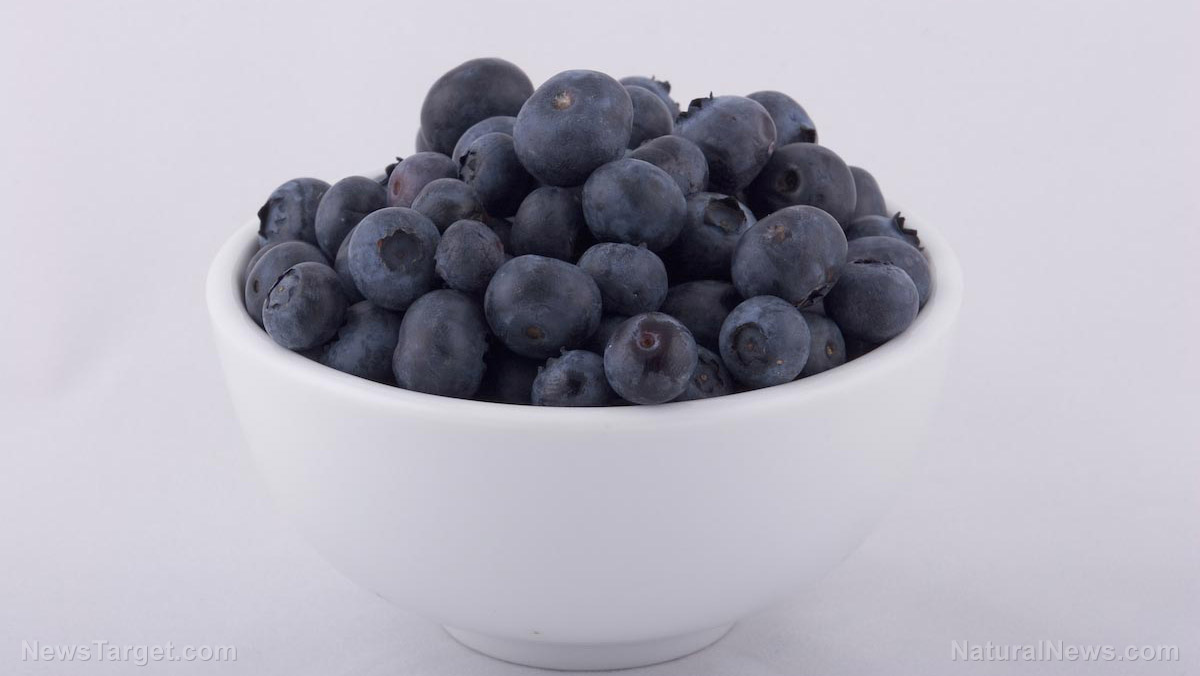Red yeast rice lowers cholesterol levels, scientists confirm
12/11/2019 / By Evangelyn Rodriguez
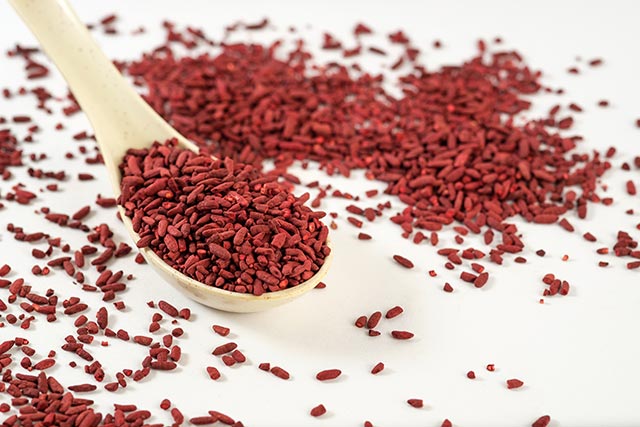
Medicinal foods have been around for ages. The ancient Chinese used plant-based foods as medicines for a wide variety of conditions. One example of a functional food is red yeast rice (RYR). This traditional Chinese culinary medicine was once used to promote digestion, invigorate blood circulation and eliminate blood stasis. Today, RYR is known for its ability to lower blood cholesterol levels.
Earlier studies point to a compound called monacolin K as the component of RYR responsible for its cholesterol-lowering properties. However, recent studies now suggest that other plant nutrients, such as unsaturated fatty acids, isoflavones and phytosterols, may also contribute to RYR’s ability to reduce the risk of heart disease.
In a new study published in The American Journal of Chinese Medicine, researchers from Taiwan examined the efficacy of monacolin K-rich RYR and gamma-aminobutyric acid (GABA)-rich RYR in treating hyperlipidemia. They found that both compounds exert positive, albeit different, effects on blood cholesterol and lipid levels, suggesting that monacolin K and GABA are equally beneficial for the treatment of high blood cholesterol and triglycerides.
The anti-hyperlipidemic properties of red yeast rice
Researchers from Taiwan decided to verify the results of previous studies which suggest that other compounds in RYR besides monacolin K can reduce serum lipid levels. They conducted a randomized control, double-blind clinical trial and used two types of RYR for their experiment, namely, monacolin K-rich RYR and GABA-rich RYR.
Monacolin K is known to have a similar chemical composition to the cholesterol-lowering drug, lovastatin. Lovastatin is a popular statin medication that can reduce cholesterol production in the liver. It is often used to prevent and treat coronary heart disease.
Meanwhile, GABA is the principal inhibitory neurotransmitter in the brain that also plays an important role in the regulation of macrophage functions. Macrophages are immune cells involved in the pathogenesis of atherosclerosis.
The researchers gave 50 eligible subjects either monacolin K-rich RYR, GABA-rich RYR or a placebo, then evaluated their total cholesterol (TC), LDL-C (low-density lipoprotein cholesterol), HDL (high-density lipoprotein), triglyceride (TC) and blood chemistry data. Evaluation occurred before administration, then after one month, after two months, after three months and one month after the end of the test period.
During the three-month intervention, the researchers observed that the serum TC and LDL-C levels of the subjects that received monacolin K decreased more than that of the other groups. Meanwhile, serum TG levels also declined steadily, but were not significantly different among the three groups.
The researchers also found no marked differences in the serum HDL levels of the three groups. While monacolin K-rich RYR reduced cholesterol as expected, GABA-rich RYR reduced serum TG, although the reduction was not significant.
Based on these results, the researchers concluded that using different concentrations and ratios of monacolin K and GABA is beneficial for treating hyperlipidemia. (Related: Red yeast rice improves endothelial function by reducing inflammation, alleviating oxidative stress.)
Medicinal benefits of red yeast rice
Red yeast rice, sometimes called red kojic rice, is a type of fermented rice used in traditional Chinese medicine (TCM) to promote overall health. It is produced by allowing a type of yeast called Monascus purpureus to ferment ordinary rice. M. purpureus has a distinct purplish-red color that gets transferred to RYR after fermentation, hence its name. Today, RYR is sold as an over-the-counter supplement and is used by many as a less-expensive alternative to costly anti-hyperlipidemic drugs.
According to studies, RYR offers significant health benefits. These include:
- Promoting heart health
- Treating metabolic syndrome
- Reducing inflammation
- Reducing the growth of cancer cells
RYR is available in capsule or tablet form with a recommended dosage of 1,200 to 2,400 mg daily. However, some RYR products — depending on how they were produced — may contain very little monacolin K and thus may not be as effective, so obtain RYR only from reliable sources. Also, before using this supplement, consult with your healthcare provider to ensure that it (or any of its components) won’t interfere with any medications you are taking.
Sources include:
Tagged Under: alternative medicine, Chinese medicine, food cures, food is medicine, functional food, heart disease, heart health, natural cures, natural medicine, phytonutrients, prevention, red yeast rice, remedies, research, supplements
RECENT NEWS & ARTICLES
ReverseHeartDisease.News is a fact-based public education website published by Reverse Heart Disease News Features, LLC.
All content copyright © 2018 by Reverse Heart Disease News Features, LLC.
Contact Us with Tips or Corrections
All trademarks, registered trademarks and servicemarks mentioned on this site are the property of their respective owners.


